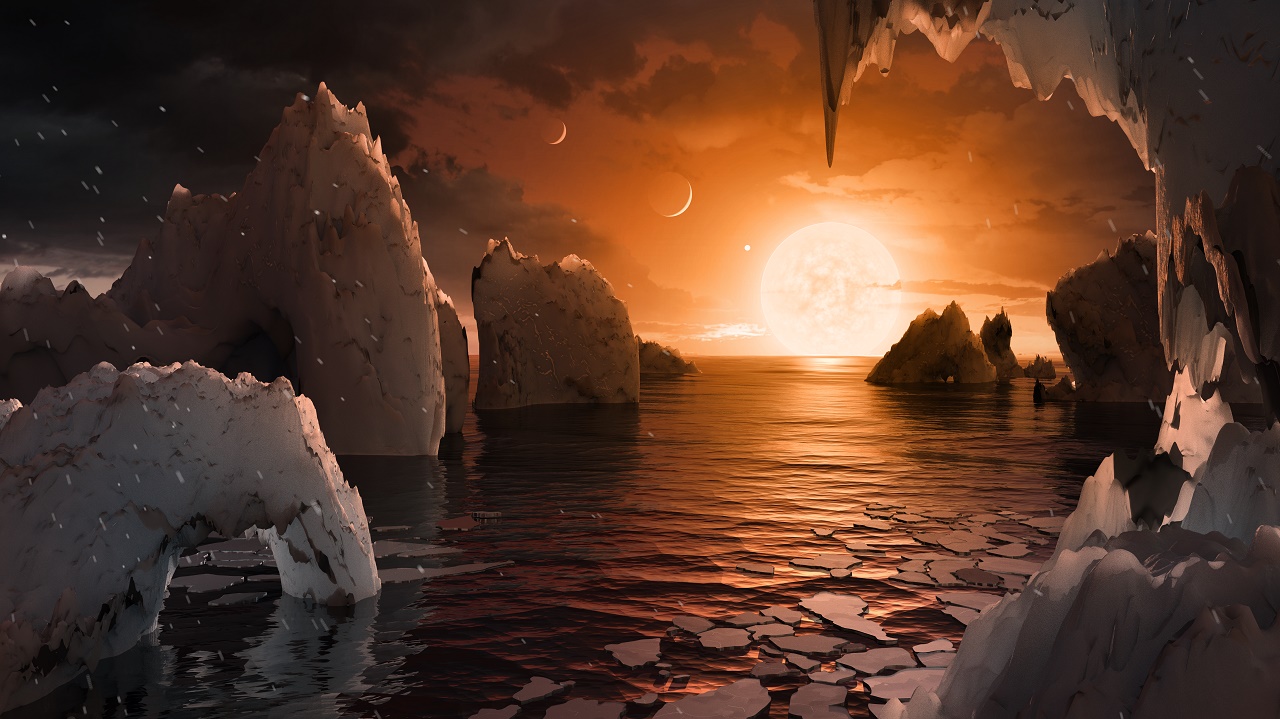
Today, NASA announced the discovery of Seven Earth-sized planets around a tiny, nearby, ultra-cool dwarf star called TRAPPIST-1. Three of these planets are firmly in the habitable zone. They were observed by NASA’s Spitzer Space Telescope over 21 days measuring the drop in light as each planet passed in front of the star.
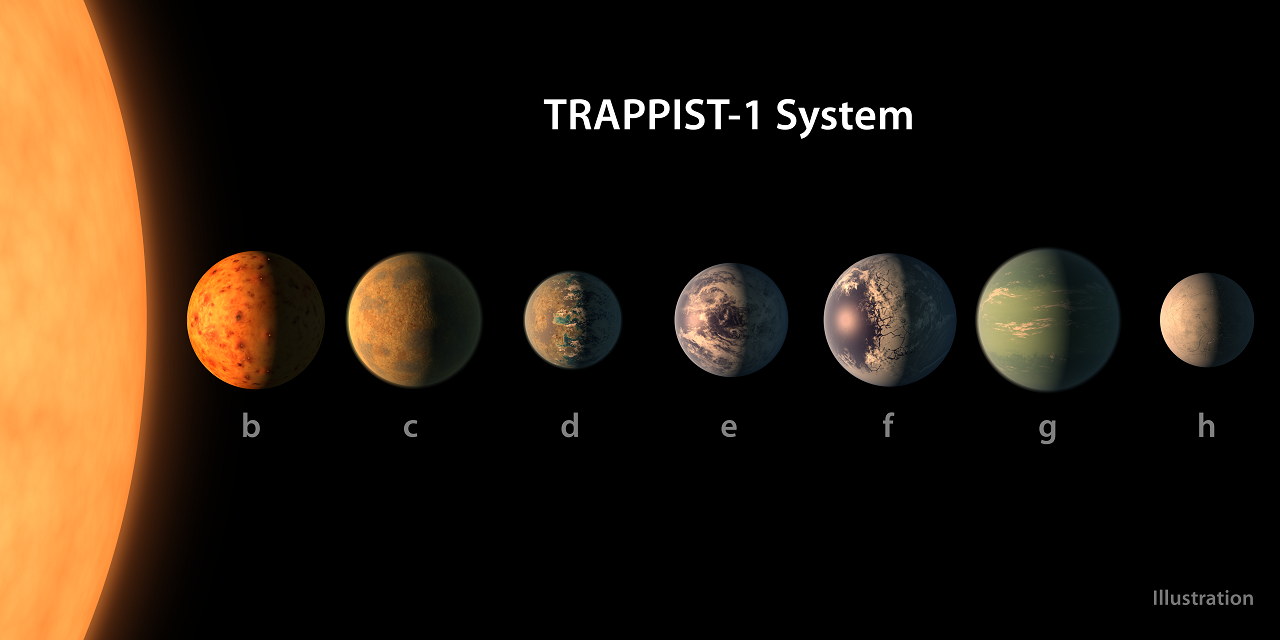
Credits: NASA/JPL-Caltech
The first video below features interviews with Sean Carey, manager of the Spitzer Science Center, Caltech/IPAC; Nikole Lewis, James Webb Space Telescope project scientist, Space Telescope Science Institute; and Michaël Gillon, principal investigator, TRAPPIST, University of Liege, Belgium. The second video is a 360-degree panorama that depicts a possible surface on one of the newly detected planets.
Central to the discovery was the space-based Spitzer Telescope, however, other telescopes were used as well, among these, the ground-based TRAPPIST (TRAnsiting Planets and PlanetesImals Small Telescope) telescope after which the system was named.
“The TRAPPIST-1 system provides one of the best opportunities in the next decade to study the atmospheres around Earth-size planets,” said Nikole Lewis, co-leader of the Hubble study and astronomer at the Space Telescope Science Institute in Baltimore, Maryland.
Astronomers have calculated that the planetary system is like a miniature version of our own. The star is a dwarf star, which is much smaller than our own sun. And the seven planets, which are all about the same size as Earth, is moving in tight orbits around their sun. The first has an orbiting period of just over a day, and the other at 2, 4, 6, 9, 12 days. The astronomers have not yet been able to calculate the turnaround time on the 7th planet.
The Trappist-1 system is located 39 light-years (12 parsecs) away from Earth in the constellation Aquarius. It is a neighbouring system in astronomical terms.

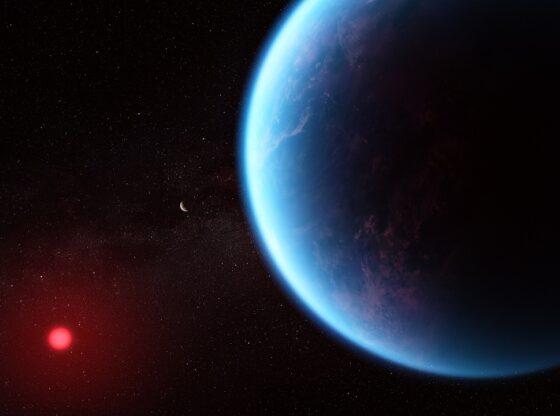
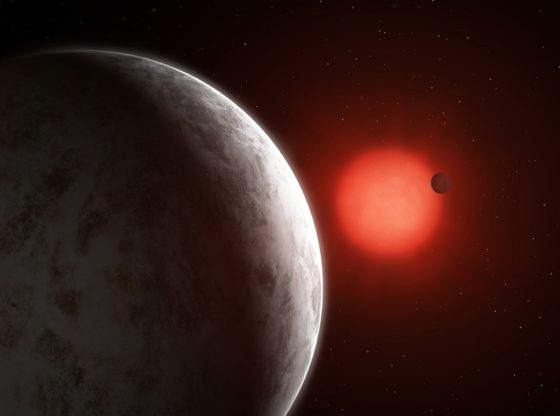
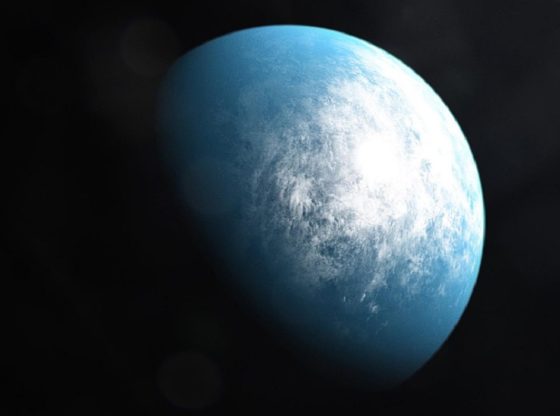
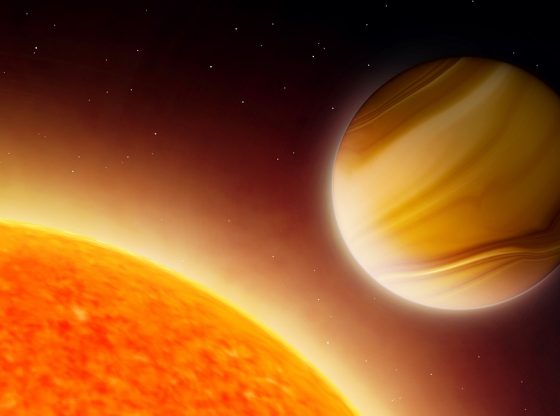
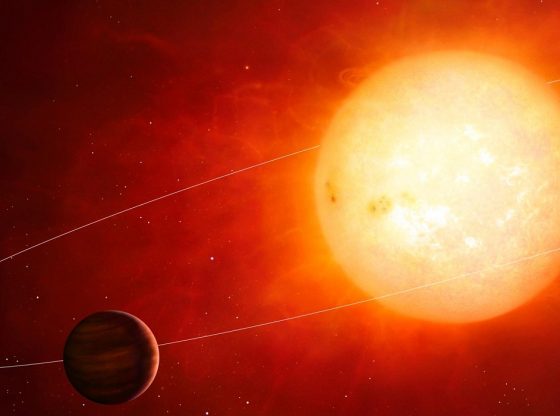
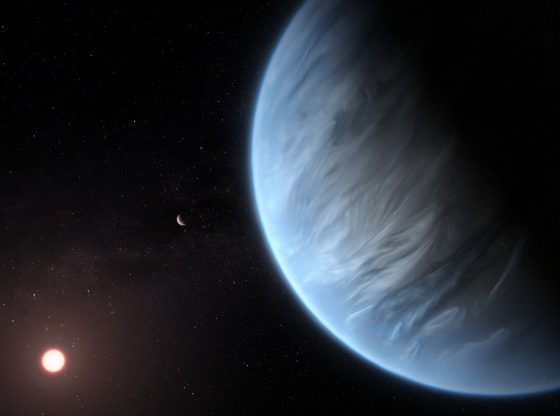
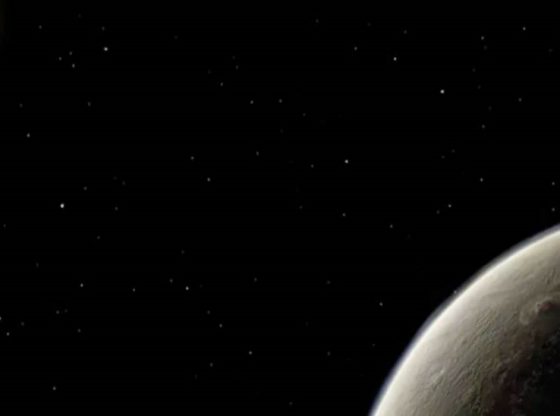
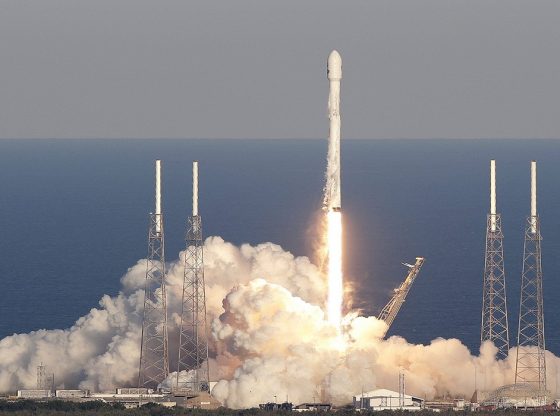
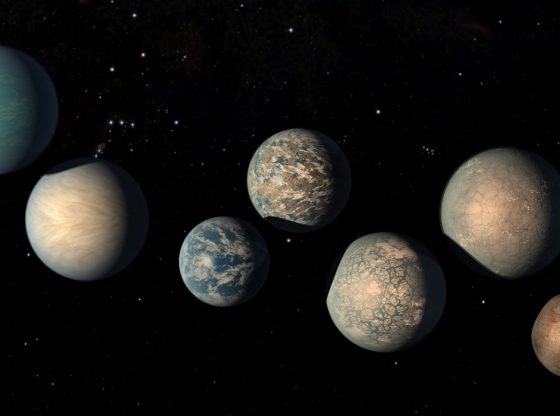
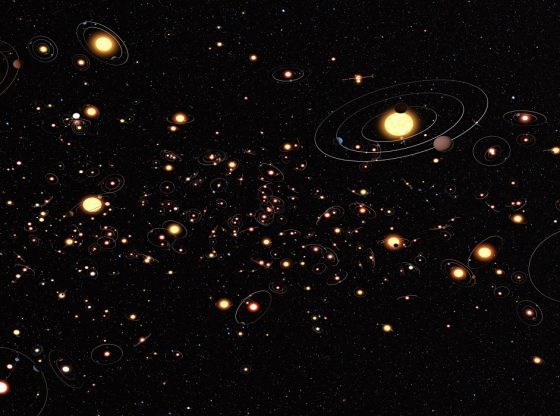
![OpenAI. (2025). ChatGPT [Large language model]. https://chatgpt.com](https://www.illustratedcuriosity.com/files/media/55136/b1b0b614-5b72-486c-901d-ff244549d67a-350x260.webp)
![OpenAI. (2025). ChatGPT [Large language model]. https://chatgpt.com](https://www.illustratedcuriosity.com/files/media/55124/79bc18fa-f616-4951-856f-cc724ad5d497-350x260.webp)
![OpenAI. (2025). ChatGPT [Large language model]. https://chatgpt.com](https://www.illustratedcuriosity.com/files/media/55099/2638a982-b4de-4913-8a1c-1479df352bf3-350x260.webp)








